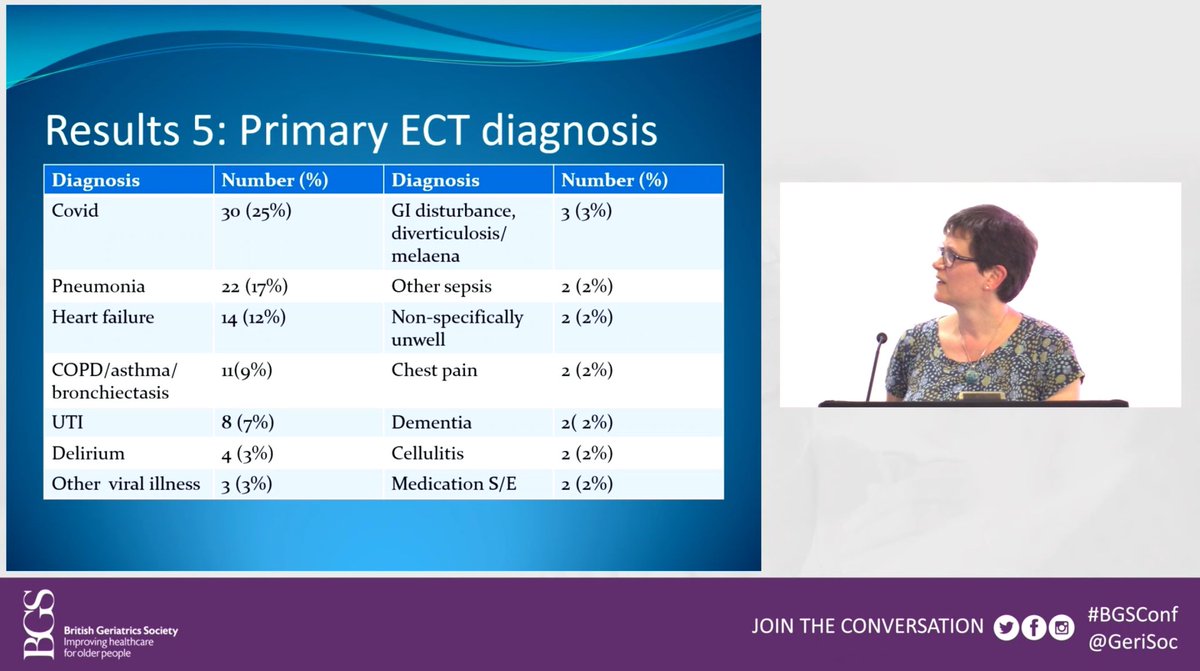The debate on whether we should add folic acid to food has been going on since I was a medical student.
In last week’s @bmj_latest, @munkeatlooi looks at some of the pros, cons and evidence.
Social inequalities play into this too.
Link:
bmj.com/content/381/bm…
#SDOH


In last week’s @bmj_latest, @munkeatlooi looks at some of the pros, cons and evidence.
Social inequalities play into this too.
Link:
bmj.com/content/381/bm…
#SDOH



Folic acid has been a hot topic for years.
We know that supplementation of this vitamin during pregnancy reduces the chances of having a baby with a neural tube defect (NTD) eg spina bifida, which can cause significant disabilities.
But not everyone takes it.
We know that supplementation of this vitamin during pregnancy reduces the chances of having a baby with a neural tube defect (NTD) eg spina bifida, which can cause significant disabilities.
But not everyone takes it.
Quote:
“Women can get folic acid from their diet, but current diets are unlikely to meet recommended levels. This is because of low intakes of whole foods that contain folic acid, particularly among more disadvantaged groups that face systemic barriers to eating well…”
“Women can get folic acid from their diet, but current diets are unlikely to meet recommended levels. This is because of low intakes of whole foods that contain folic acid, particularly among more disadvantaged groups that face systemic barriers to eating well…”
I remember taking folic acid supplements for 3 months before conceiving each child & then for the duration of their pregnancies.
Not everyone is that organised, or fortunate, in their family planning.
Not everyone is that organised, or fortunate, in their family planning.
“In 1991, a randomised trial showed that a supplement of 4 milligrams of folic acid a day started before pregnancy could prevent an estimated 83% of NTDs. The timing of the supplement is crucial because the neural tube in a healthy fetus closes within a few weeks of conception.”
“But the systemic problems and inequities that affect diet and nutrition mean that around 1000 fetuses a year in the UK develop conditions relating to the neural tube (the early form of our brain and spine).”
This is so sad.
This is so sad.
Quote:
‘Nicholas Wald, professor of preventive medicine at University College London and lead author of the 1991 study, says the current policy of advising women to take folic acid supplements before pregnancy has “failed.”’
I think he’s right. This struck me at the time too…
‘Nicholas Wald, professor of preventive medicine at University College London and lead author of the 1991 study, says the current policy of advising women to take folic acid supplements before pregnancy has “failed.”’
I think he’s right. This struck me at the time too…
“Two thirds of women don’t take it,” says Wald, “and an even larger proportion of those in ethnic minority groups who are economically less well off don’t.”
Social determinants of health, anyone?
#SDOH
Social determinants of health, anyone?
#SDOH
Lots of countries have folic acid added to their flour.
Note that it’s not just wheat flour we can add it to. Not all women eat plain white bread!
Some people get more of their nutrition from rice flour, some eat gluten free food.
It’s a bit complicated!
Note that it’s not just wheat flour we can add it to. Not all women eat plain white bread!
Some people get more of their nutrition from rice flour, some eat gluten free food.
It’s a bit complicated!

“The new government proposal is to fortify non-wholewheat flour at a level of 0.25 mg per 100 g. That would theoretically prevent 20% of NTDs.
This is a significant improvement, says Wald, meaning 200 fewer NTD births a year.
Yet it could go further.”
This is a significant improvement, says Wald, meaning 200 fewer NTD births a year.
Yet it could go further.”
How do we know how much is best?
Modelling work has been done, we read in the @bmj_latest. In this case by @FSScot.
Modelling work has been done, we read in the @bmj_latest. In this case by @FSScot.

It’s not just how much though. We need to widen the range of foods that are fortified to reach different groups in the population. 

In considering the case against fortification, it’s interesting that the arguments raised are about whether you can ever have too much folic acid and whether you might mask coexisting B12 deficiency.
The “nanny state” discussions don’t feature in this article, at least.
The “nanny state” discussions don’t feature in this article, at least.
In fact, none of the fears have come to fruition in other countries using fortification of food.
And if this is a “nanny state” thing to do, isn’t it a good idea to promote a policy resulting in the delivery of more healthy babies across the country?
Maybe nanny does know best?
And if this is a “nanny state” thing to do, isn’t it a good idea to promote a policy resulting in the delivery of more healthy babies across the country?
Maybe nanny does know best?
Here’s the link again, if you’d like to read (or quote) it yourselves.
Thank you to @munkeatlooi and the @bmj_latest for raising the topic again and Prof Nicholas Wald for much of the research done.
bmj.com/content/381/bm…
Thank you to @munkeatlooi and the @bmj_latest for raising the topic again and Prof Nicholas Wald for much of the research done.
bmj.com/content/381/bm…
• • •
Missing some Tweet in this thread? You can try to
force a refresh

 Read on Twitter
Read on Twitter

















































